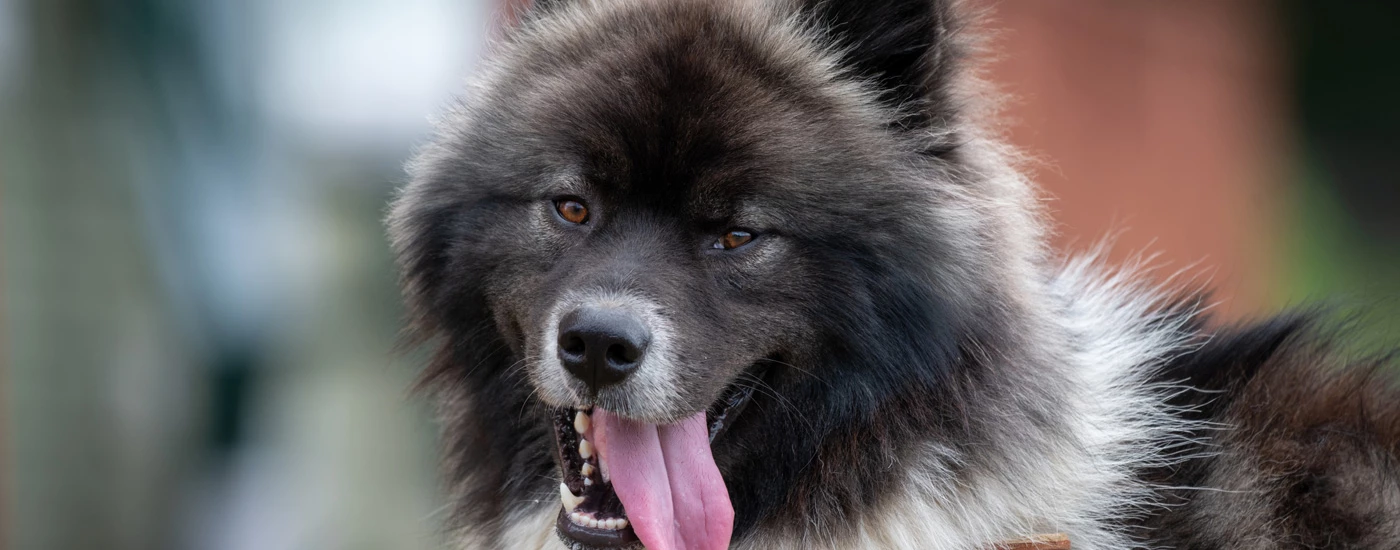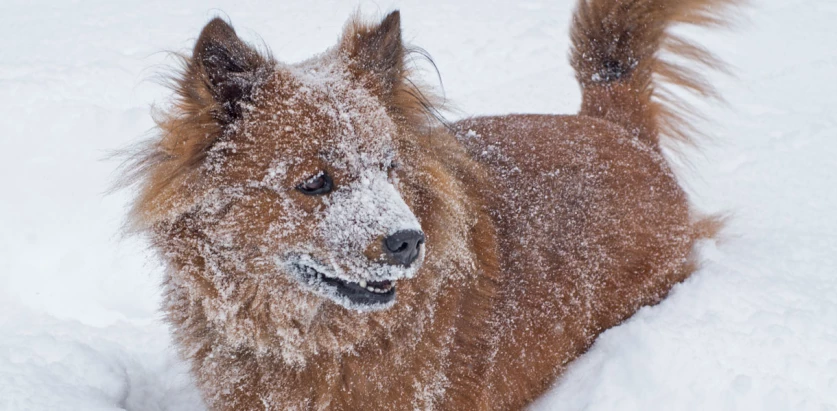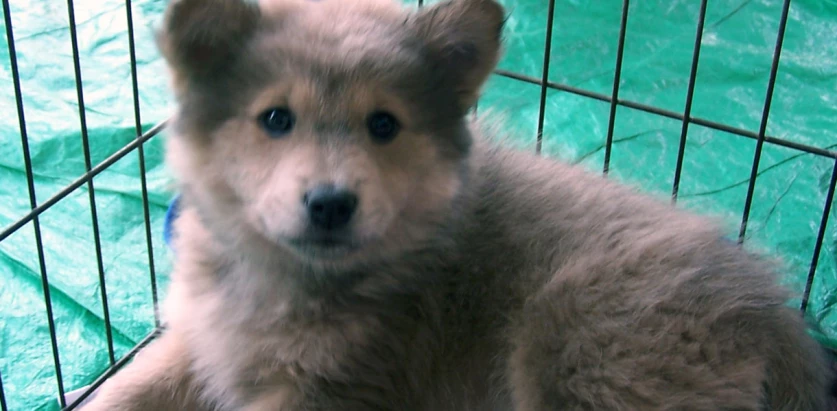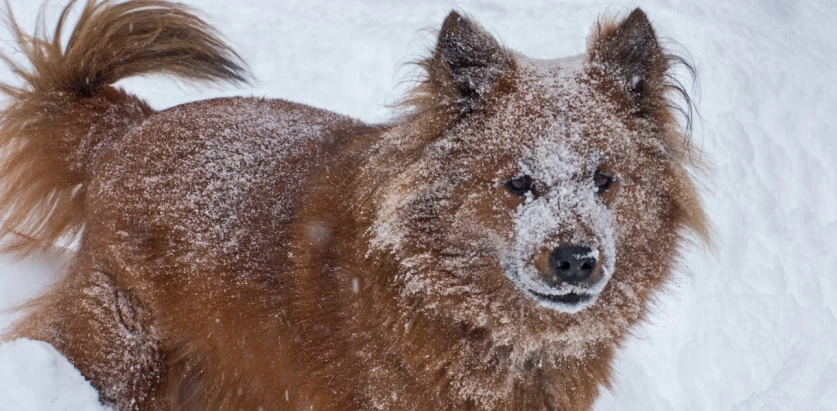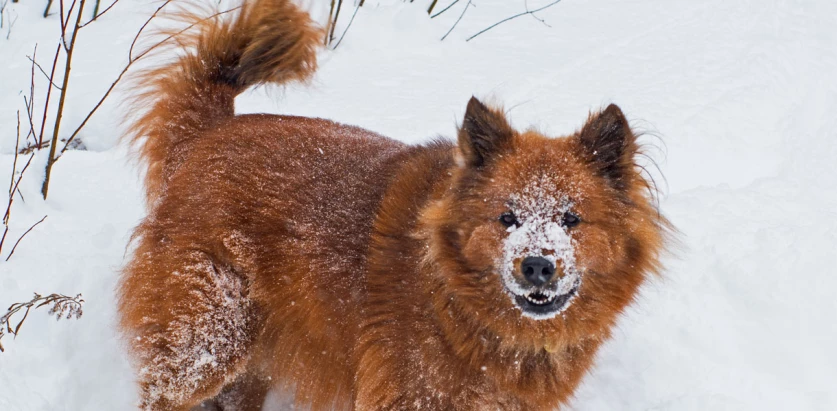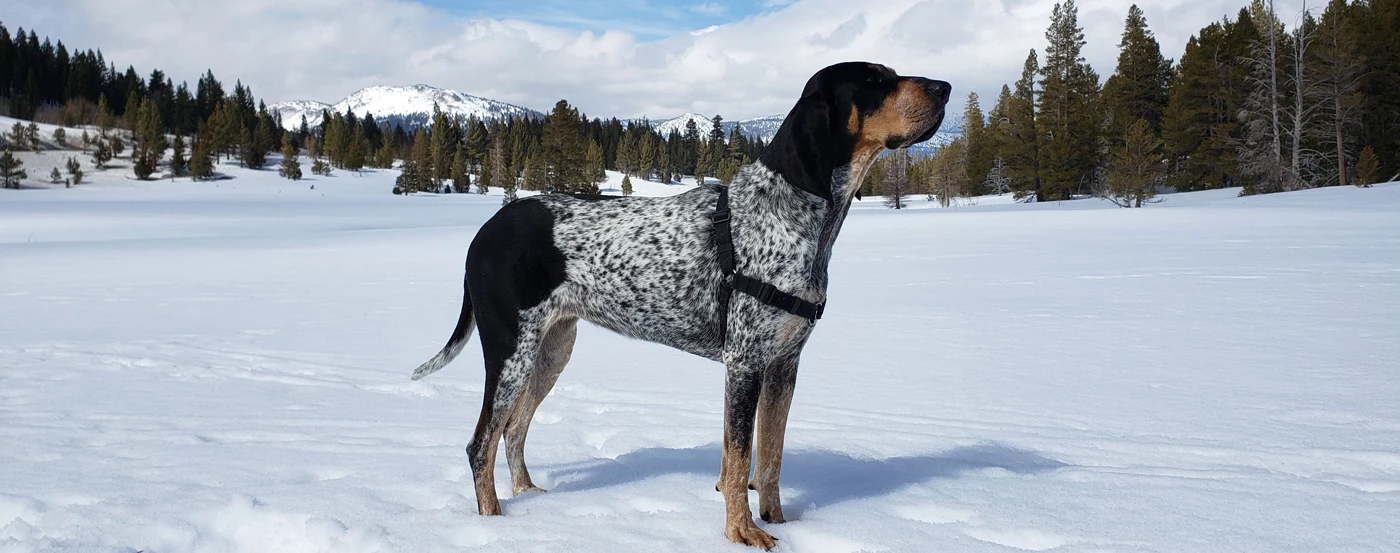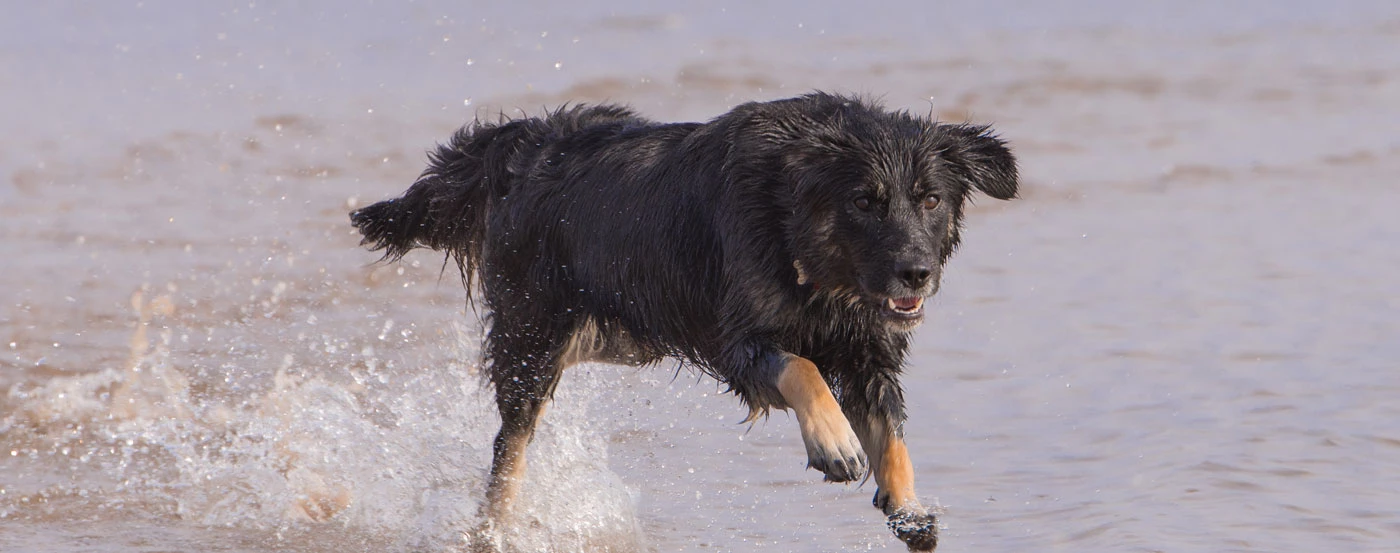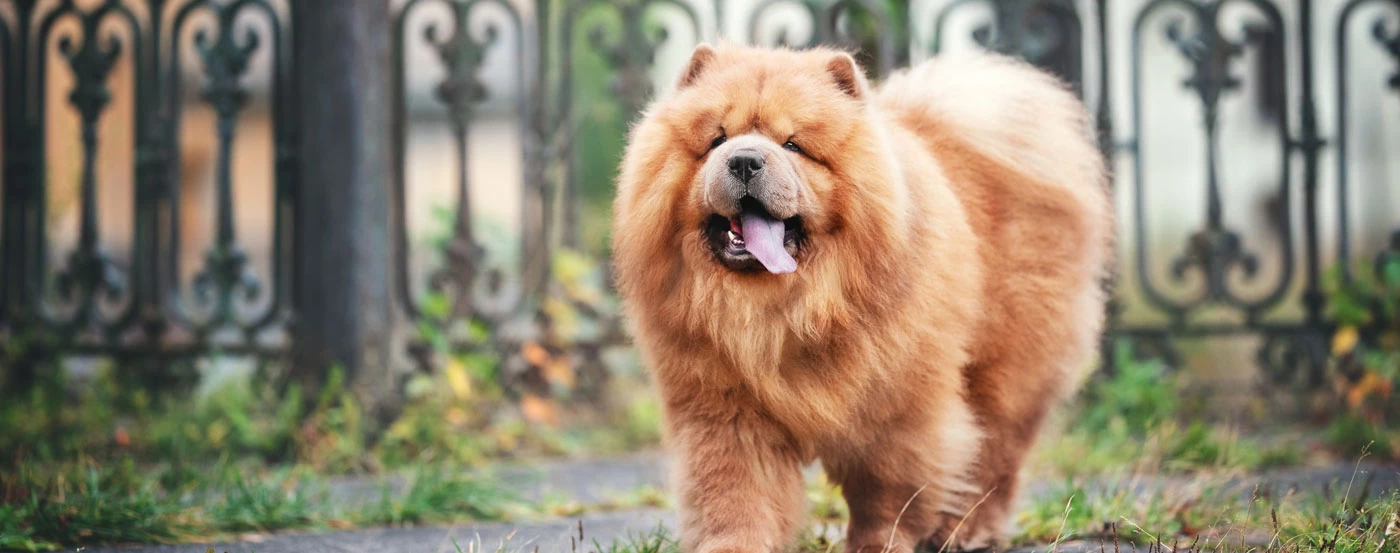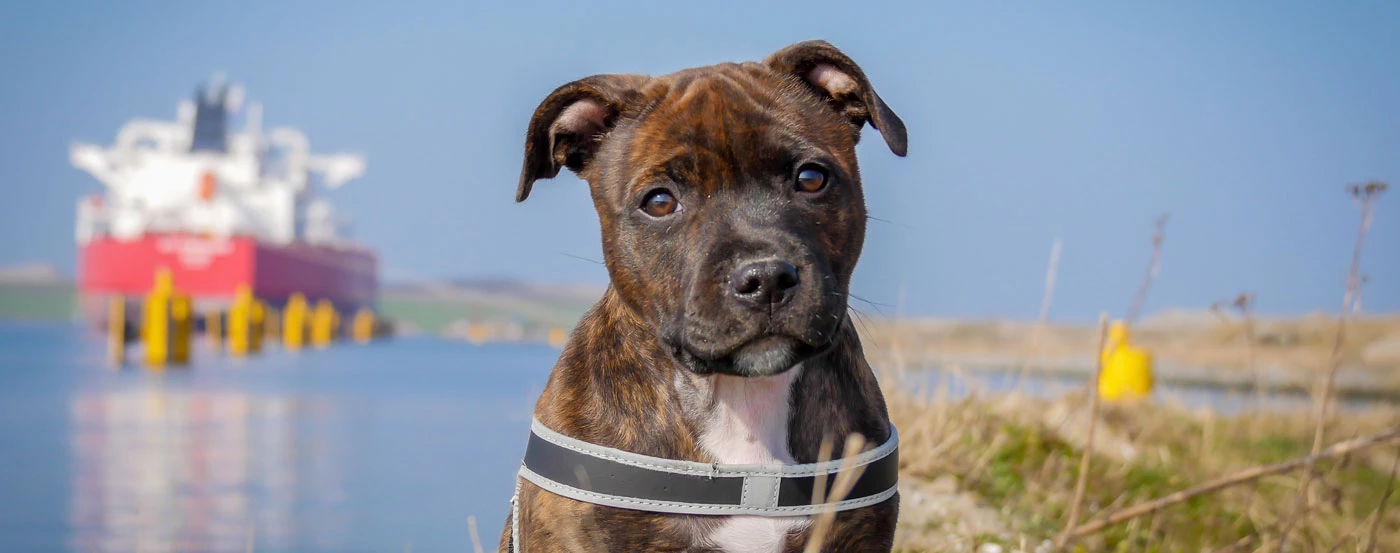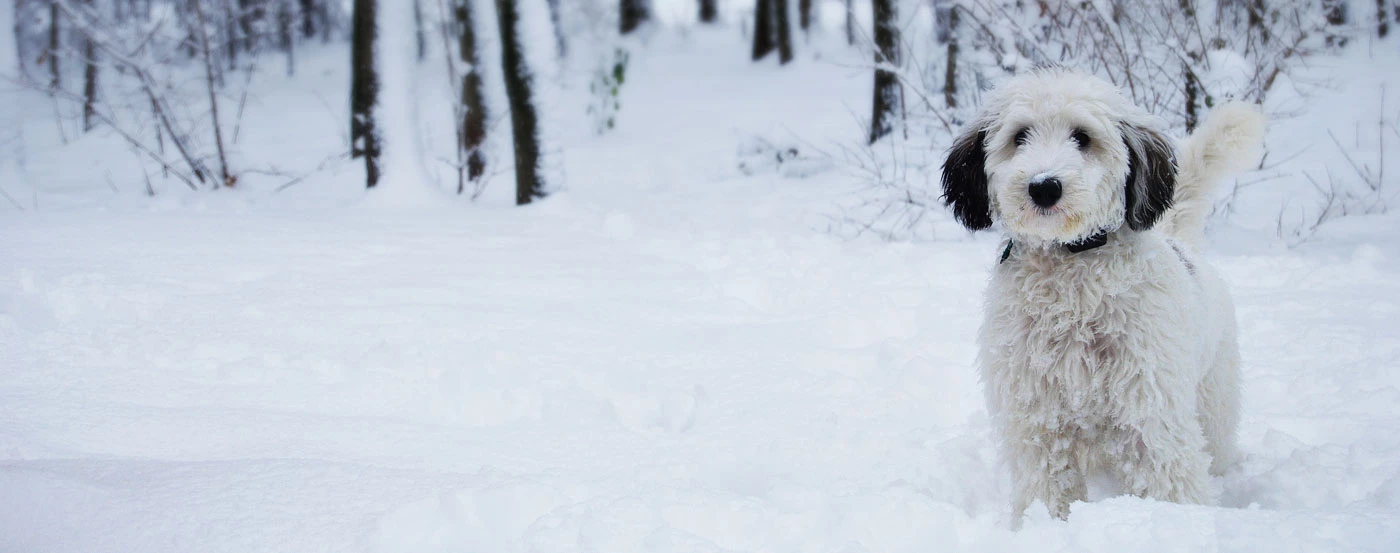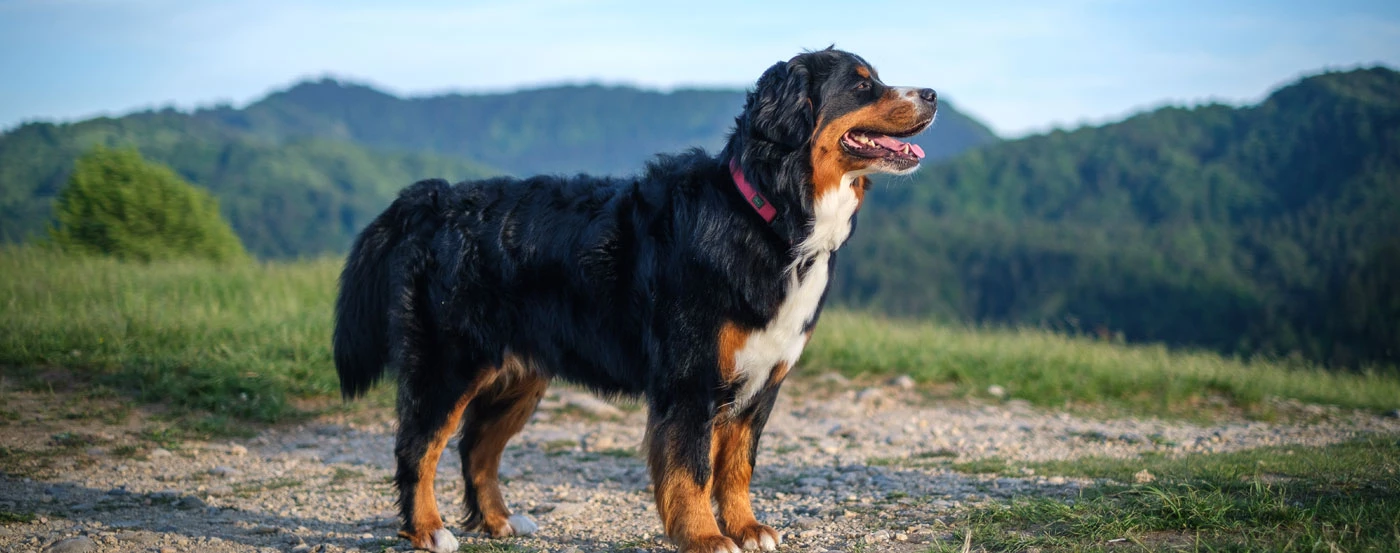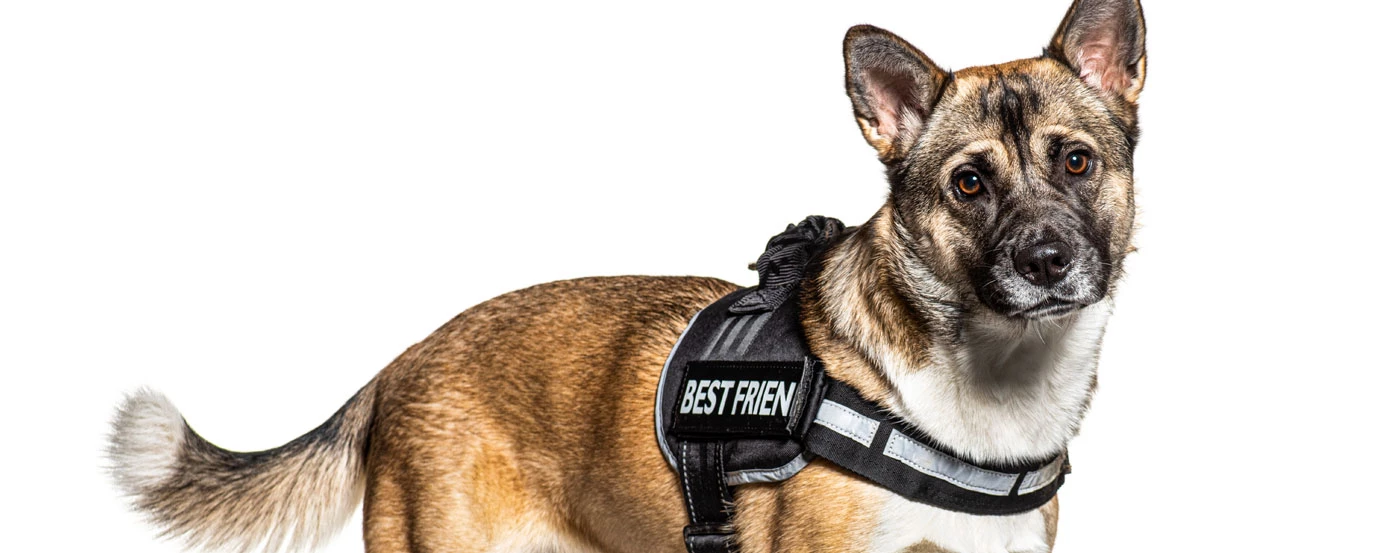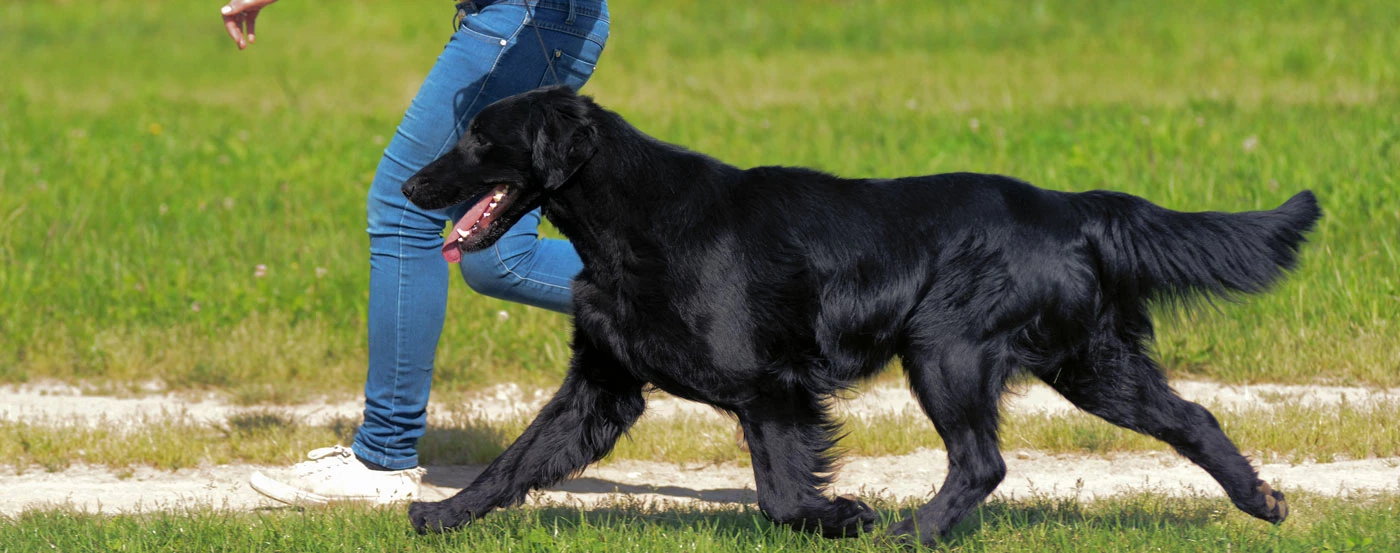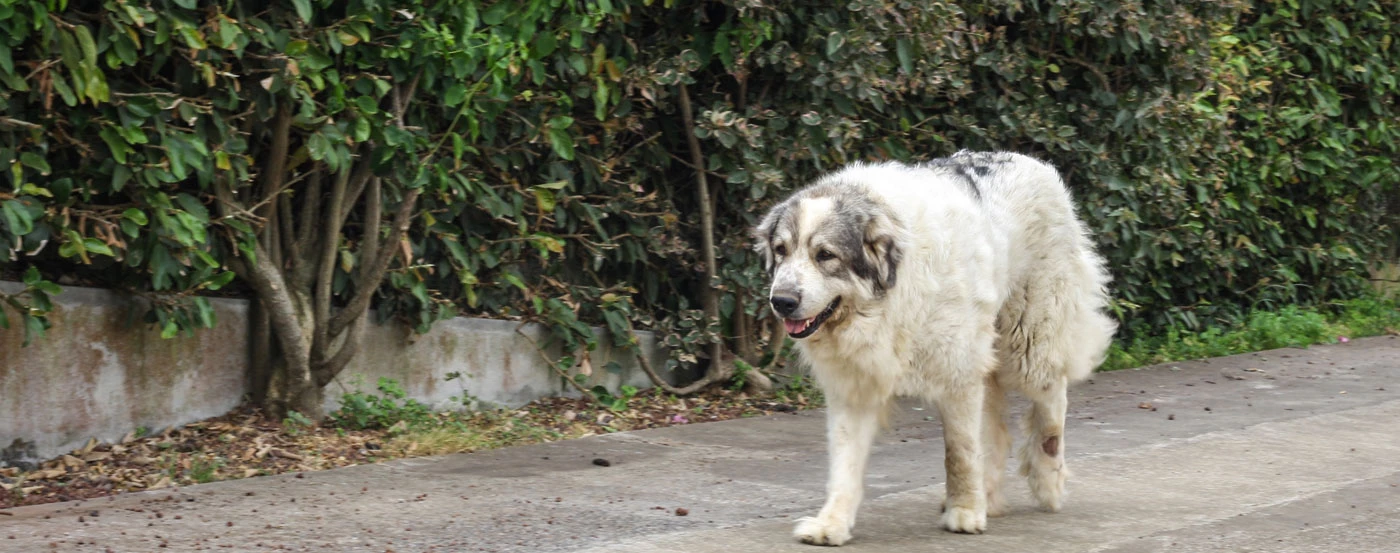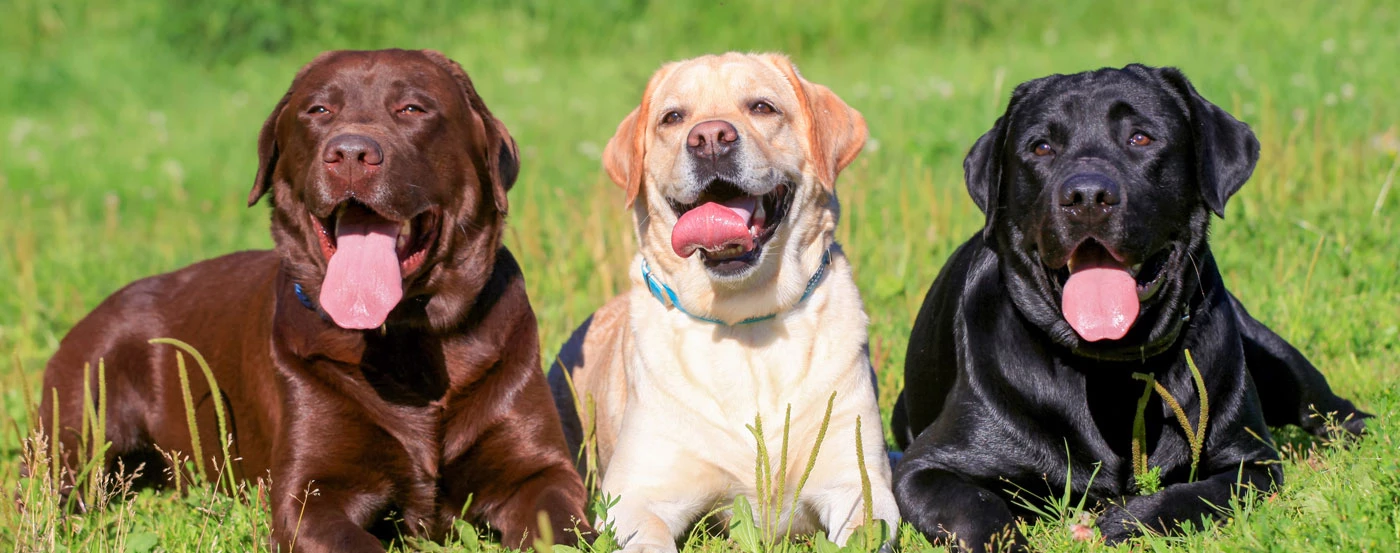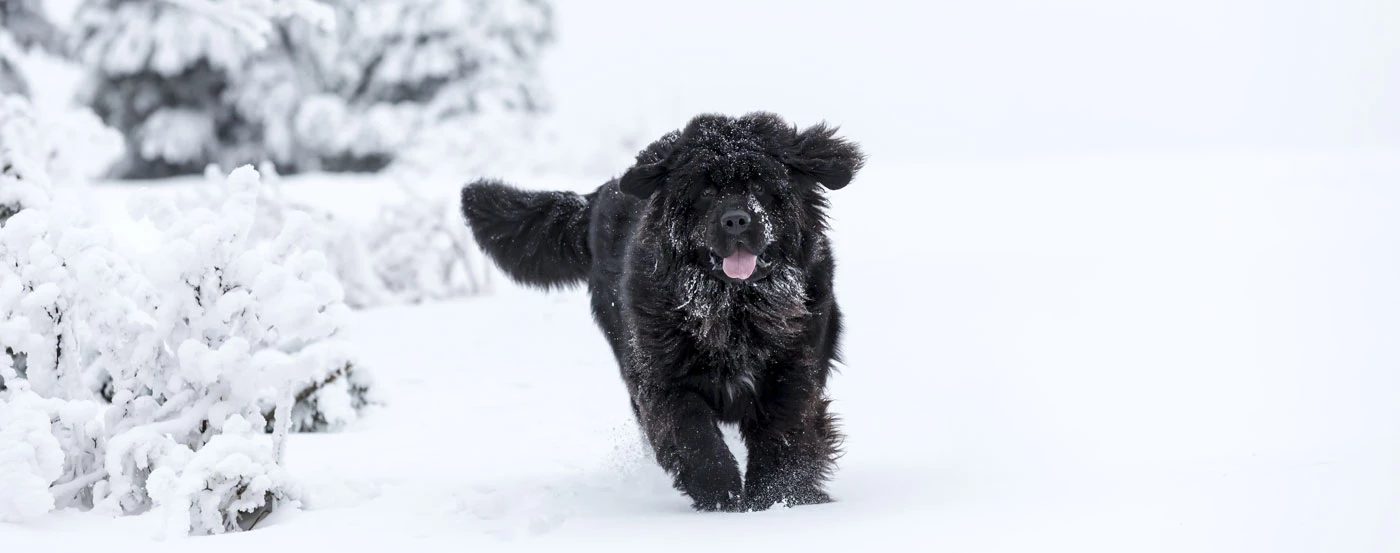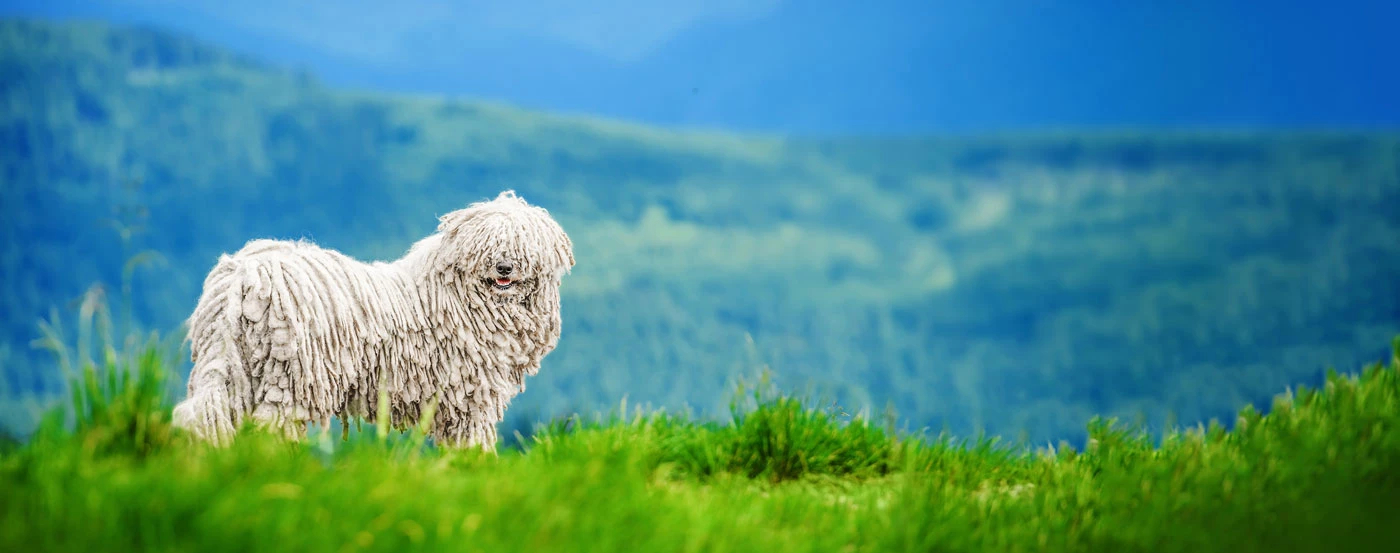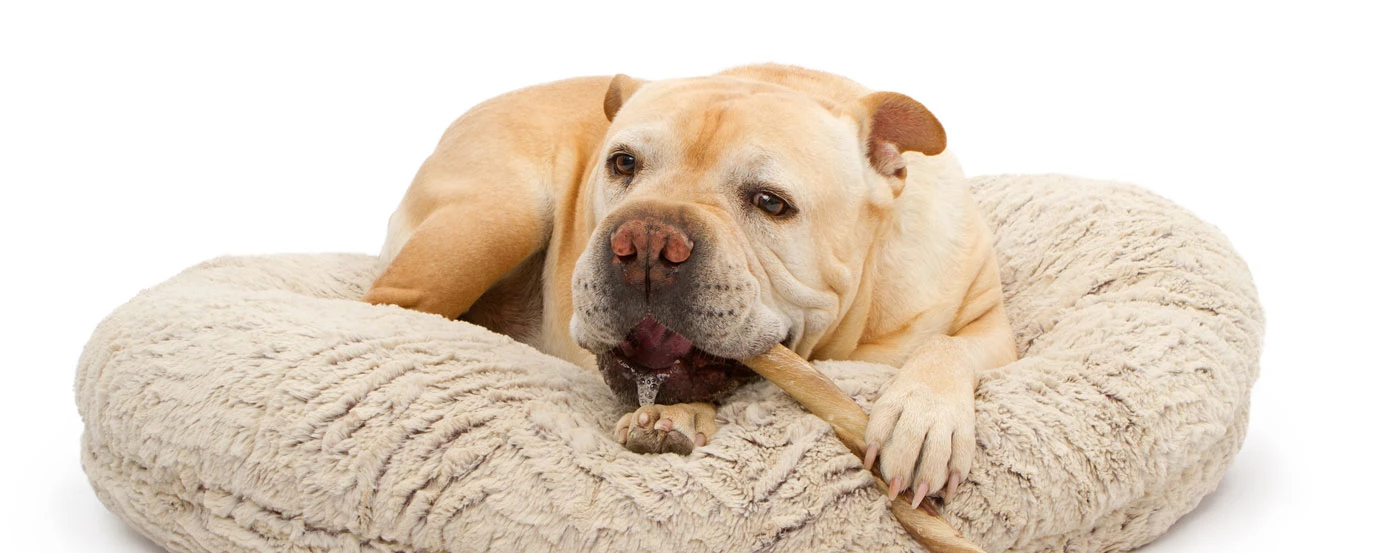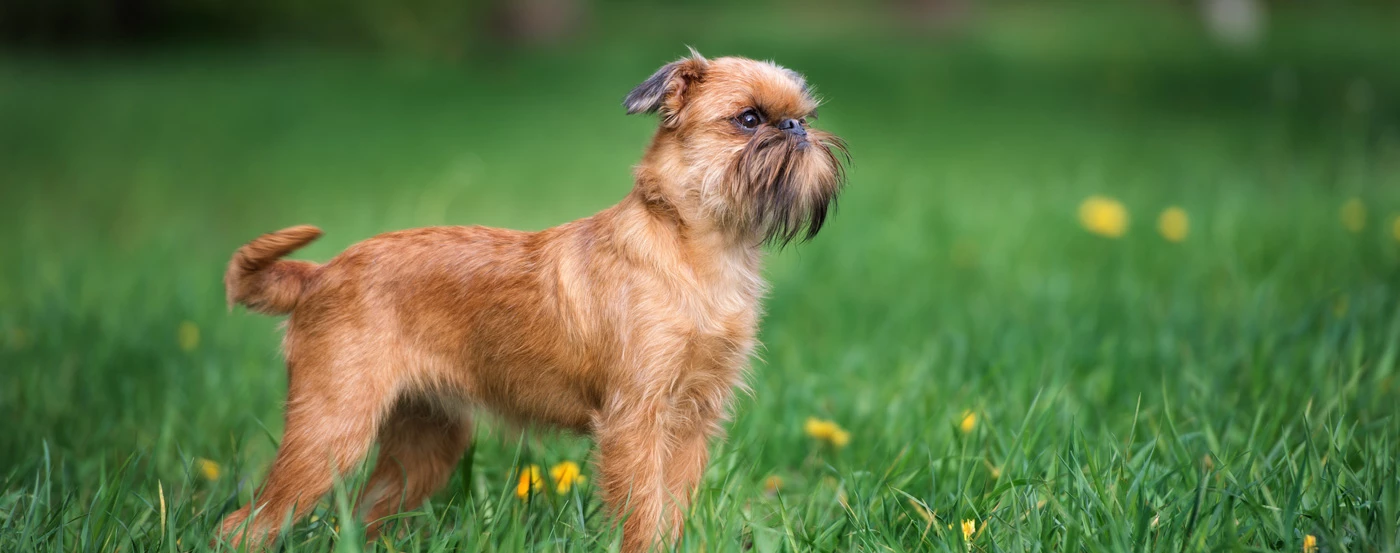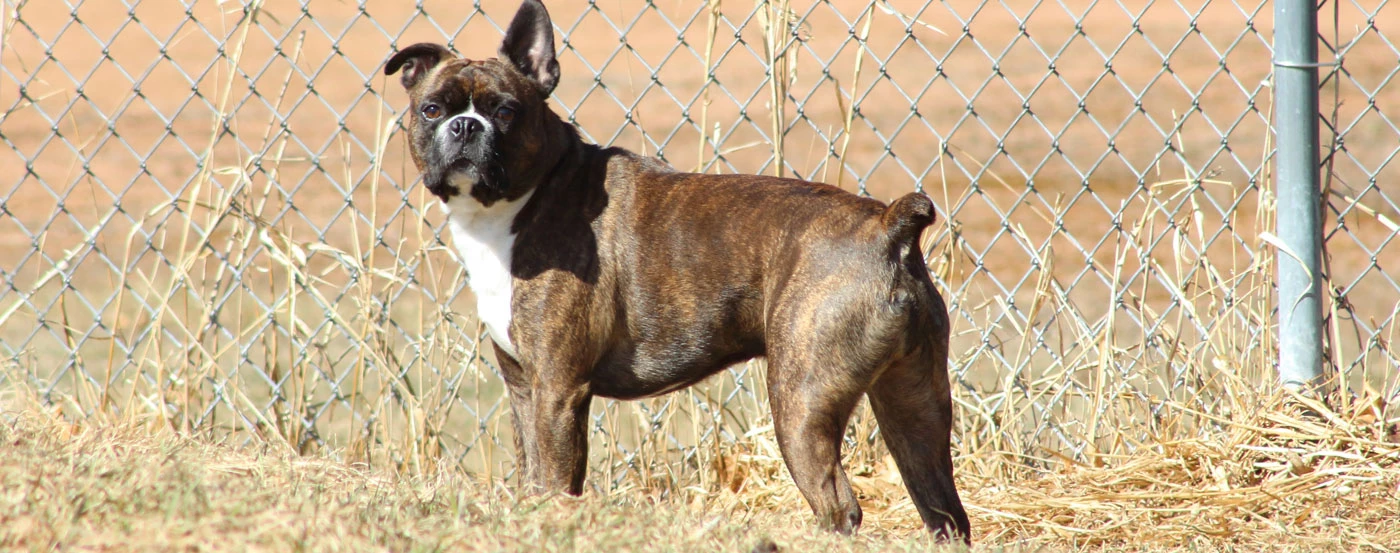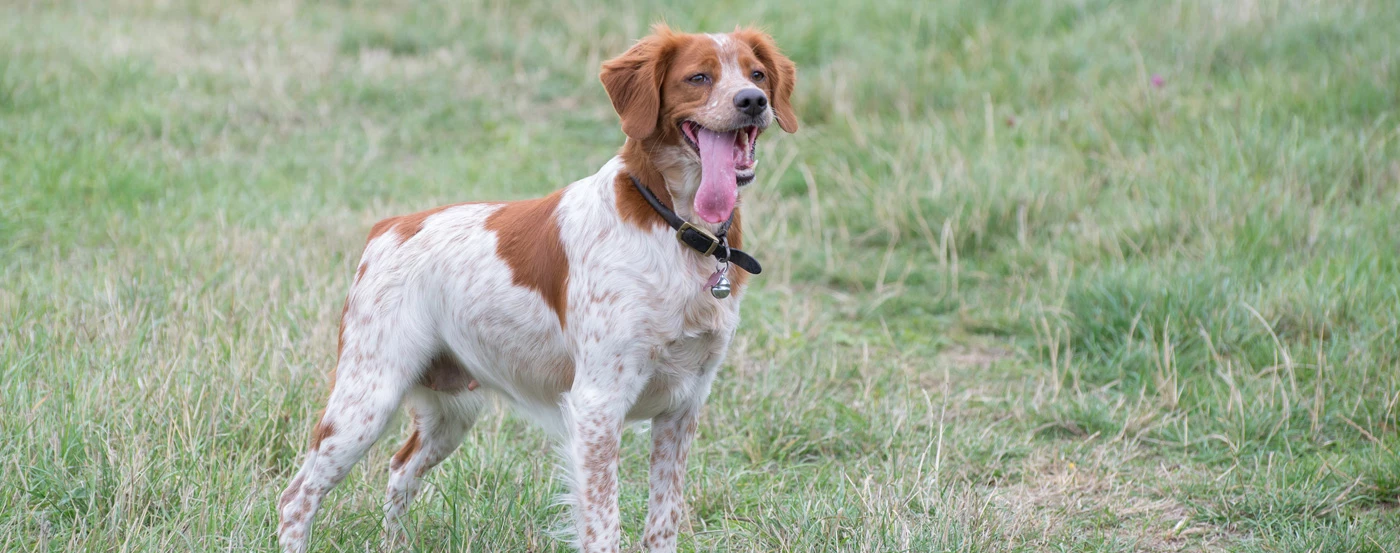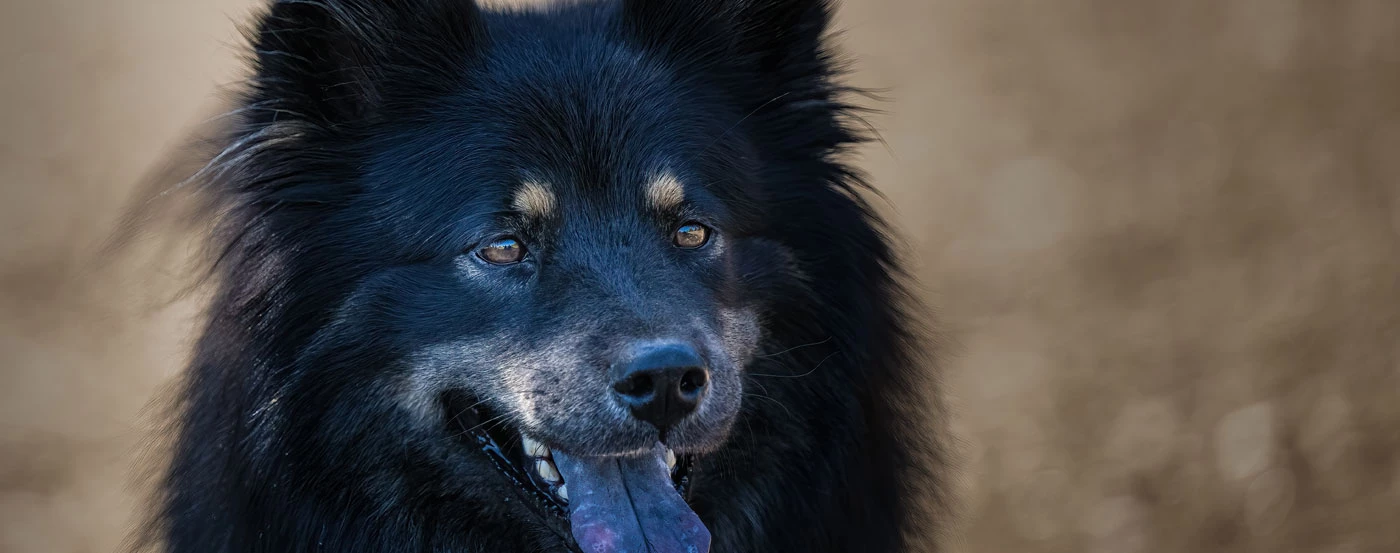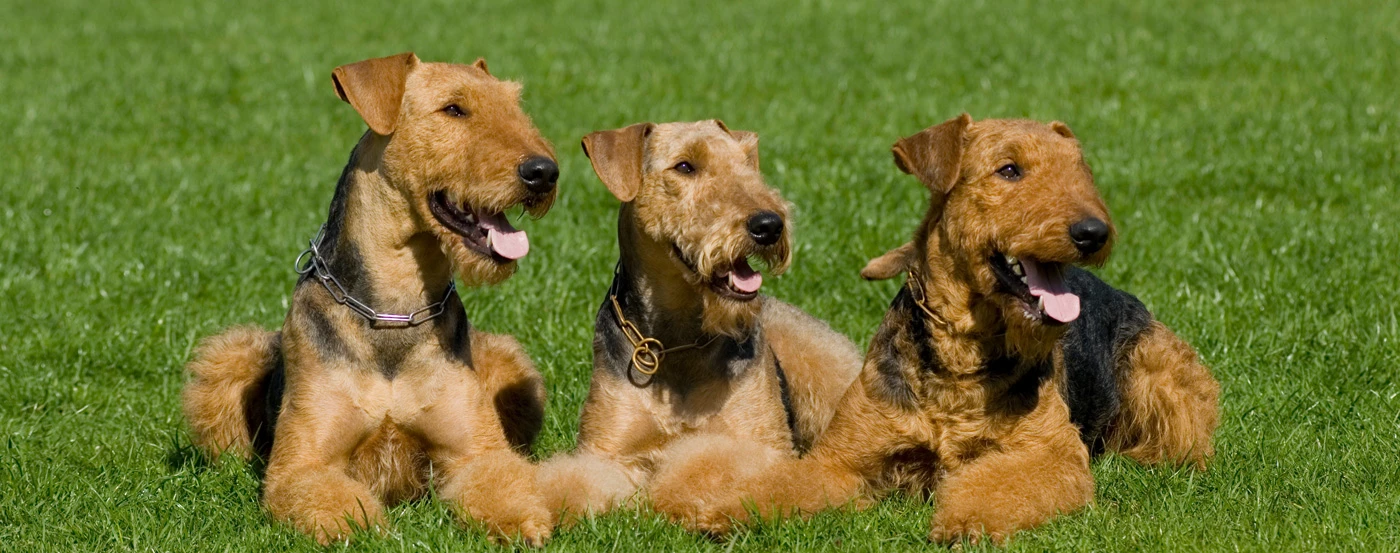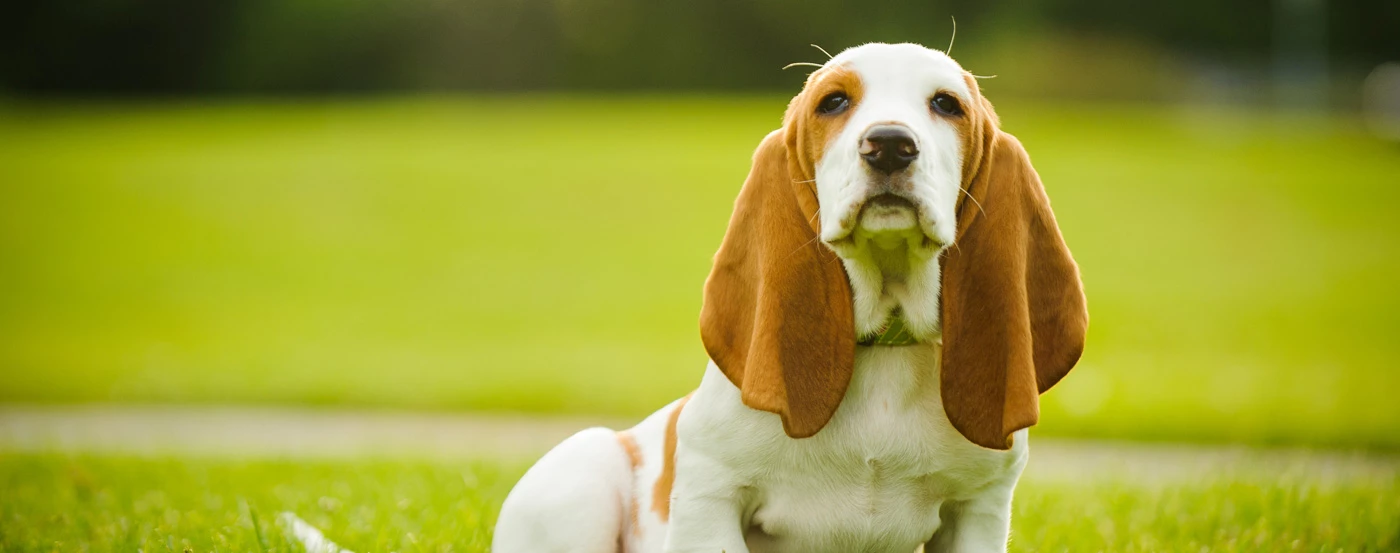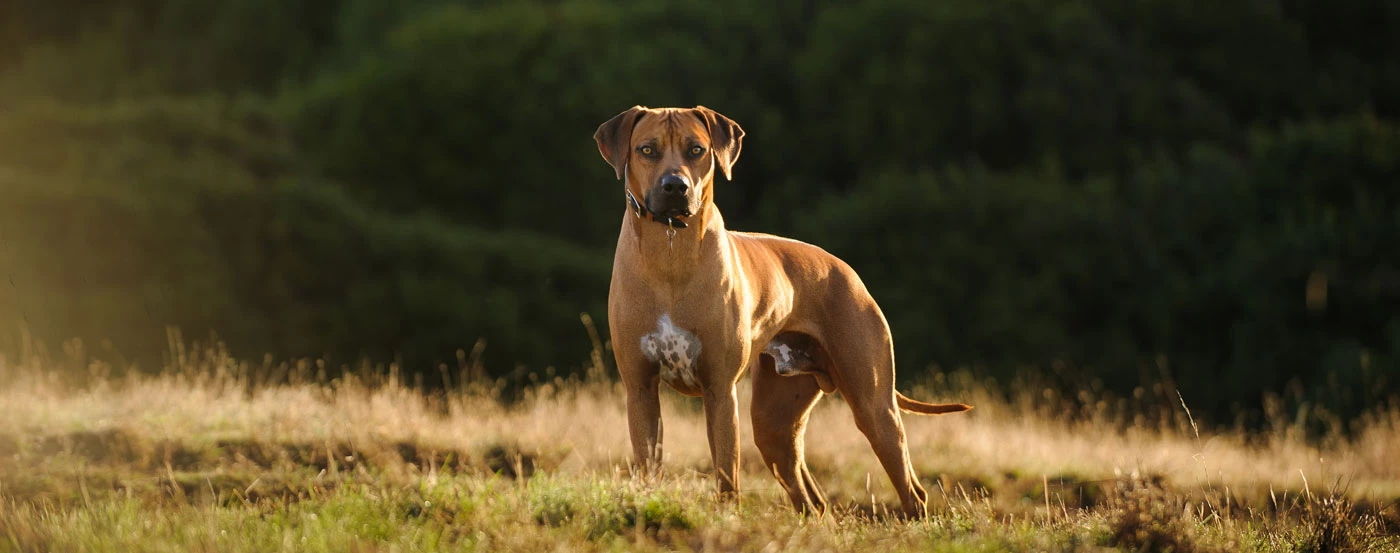About the Chusky
The stunning Chusky is a cross between a Chow Chow and a Siberian husky, combining the protective instinct of the Chow Chow with the higher energy of the Siberian husky.
They are exceptionally intelligent, affectionate dogs with extraordinary personalities and structural beauty. They are highly protective and may not be the greatest choice for some lifestyles. But if you're looking for a high-energy guard dog that enjoys the winter, this is the dog for you.
Chusky Gallery
What is the history & origin of the Chusky?
Designer breeders started purposefully crossing Chow Chows with Siberian Huskies. Although the Chusky has been recognised as a designer breed for over two decades, Husky Chow mix dogs have existed far longer. They are a cross-breed between the Chow Chow and Siberian Huskies, two breeds that are known for their intellectual ability.
Unfortunately, the Chusky's origin is unclear, and no one has come forward to claim the breed's creation. There's a good chance the breed occurred by mistake, but even that is tough to prove.
Nonetheless, there is a particular fascination with nature going its path and evolution, inventing its own ideas. Perhaps the Chusky is just the outcome of natural breeding, and we will simply enjoy its beauty.
Who are Chusky dogs best for?
These dogs may be delightful additions to suitable households with children, but you must be prepared for the combination. Although they are pretty affectionate and energetic, these fluff balls can be rather bossy and territorial, making them a handful. The mixed-breed dog requires strong and experienced dog owners.
How much grooming does a Chusky need?
With the Chusky around, you will undoubtedly need to remain on top of grooming. The Chusky sheds heavily, and they have thick, dense double coats that shed continuously throughout the year. You may find yourself frequently cleaning behind your Chusky.
They have two periods of excessive shedding in the spring and autumn, and daily brushing should be a part of routine care. However, throughout the heavy shedding months, using a de-shedding tool will be quite beneficial in removing all of the loose clumps of hair.
Weekly tooth brushing, bi-monthly nail cutting, and ear cleaning to check for residue and moisture should all be performed. Begin the procedure while your Chusky is a puppy, and grooming will become a breeze.
Do Chusky bark much?
The dog is an expressive breed. This is not the breed to choose if you want a more quiet breed. They often bark and even wail. Their barks might vary according to their emotional state and the message they are expressing.
Different barks may have the same meaning, while the same bark may have multiple meanings. Barking for the following reasons: protection, warning, despair, curiosity, seeking attention, greeting, behavioural issues, and excessive barking.
Do Chusky bite?
Chuskies have a minimal likelihood of biting someone. Dog bites occur for various reasons, including protection, pain, excitement, herding instinct, and being provoked.
What is the temperament & personality of a Chusky?
While the Chusky dog breed is devoted to its owners, they are also possessive. They are excellent watchdogs, alerting you if anything resembling an intruder is around. They are devoted pets that will go to great lengths to defend their family, making them unsuitable for the inexperienced.
When their protective instincts take control, you will need to rein these puppies in.
Chuskies may be tremendous and loyal dogs with an experienced dog owner and correct training, and they just demand a significant amount of activity and exercise. They generally get along well with youngsters and other dogs, although training is necessary to prevent them from attempting to defend 'their' children.
What is the weight & size of a Chusky?
There are limited size standards for the Chusky since it is a relatively young mixed breed. As a result of the Siberian Husky and Chow Chow parents, Chuskies are typically medium to big in size. This canine may reach an 18-23 inches tall at the shoulder and weighs between 45 and 60 pounds (18-30kg) (46-58 cm). Some may be bigger or smaller than others.
How much training does a Chusky need?
It will be difficult to train a Husky Chow mix, but the effort will be well worth it. They are very intelligent yet demanding and will not accept being teased or merely roughhousing.
The training requires a delicate combination of affection, compassion, and discipline. Chow Chows will strive to fool their owners, so training should begin at the puppy life stage. Without it, Chusky puppies can become rebellious, aggressive, and destructive.
Positive reinforcement, such as asking your Chusky puppy to sit and remain before going outside or meeting someone, may assist you in developing a terrific routine with your Chow Husky mix partner.
Because Chusky dogs often have the Chow temperament, which means they dislike being touched suddenly, your Chusky puppy must get used to being handled.
If they are handled firmly, it will dissuade them from biting the veterinarian or perhaps hurting a child. To minimise risk when they meet a groomer or vet for the first time, focus on softly stroking their paws and ears and their mouth and nose.
Crate training—conditioning a dog to enter its kennel confidently to prevent it from running wild in the house while you're away—is especially important in this crossbreed as a sort of desensitisation. This is to help your dog acclimate to your absence and calm them down, so they don't get unduly agitated or damage themselves while you're gone.
Teaching a dog a new behaviour usually is more straightforward, but if you're having problems, enrol your pup in an obedience class before they misbehave.
What are some of the most common health issues for a Chusky?
Although it is quite a healthy breed, there are a few health problems that you should discuss with your vet regularly. Chuskys are prone to the same health concerns as Chow Chows and Siberian Huskies, increasing their likelihood of developing hip dysplasia, patellar luxation, diabetes, myotonia, and vision problems.
Despite their size, you should not overfeed your dog. They are prone to weight gain and possess a high degree of energy.
Ensure that your dog has at least one long walk per day, interspersed with good, energetic play sessions and shorter walks to disperse their energy. Daily check their ears for fleas and parasites and clean them regularly. Trim your dog's nails regularly, generally once or twice a month.
Your Chusky's dental health will be a top priority. They are sometimes born without all of their teeth, which directly affects their eating. If your dog is unable or unable to eat kibble due to lost teeth, you will need to convert it to wet food. Consult your veterinarian for guidance on portion size and supplementation to ensure that your pet's nutritional requirements are satisfied.
What is the lifespan of a Chusky?
The gorgeous Chow Husky mix has a life expectancy of 10 to 13 years.
How much should you feed a Chusky?
The Chow Siberian Husky mix breed needs good quality dry dog food; kibble made with high-quality, natural ingredients will support your pet's immune system and promote a healthy coat. Choose a formula suitable for the size, activity level, and age of your dog (puppy, adult, senior).
Chuskies, despite their size, should not be overfed, and the breed is prone to obesity. If you have any doubts about what to feed your dog, always consult your vet.
What is the price of a Chusky in Australia?
You should expect to spend between $800 and $1,400 for a pup from a good breeder. The entire cost is determined by the breeding quality, reputation, and geographic location.
Pros
- Excellent choice for cold climates
- Loyal guard dogs
- Good with kids
Cons
- Heavy shedding
- Daily outdoor exercises needed
- High separation anxiety
